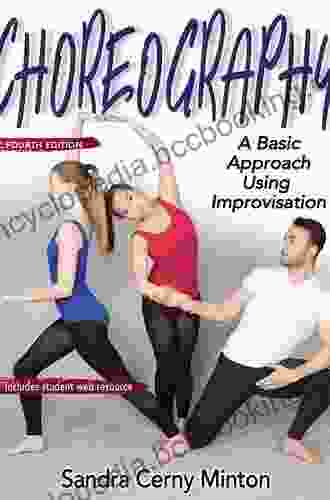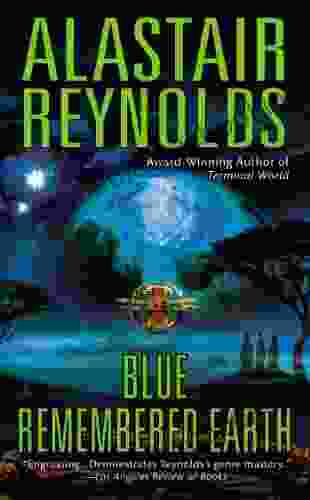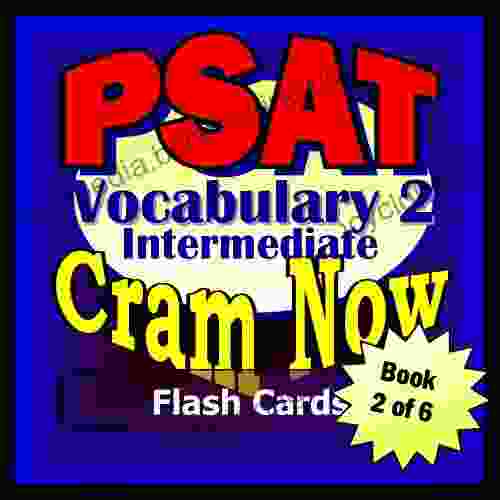Unleashing Creativity: The Ultimate Guide to Choreography through Improvisation

: Embracing the Art of Spontaneous Movement
In the realm of dance, choreography is not merely a matter of steps and sequences. It is an art form that transcends the physical, inviting us to explore the depths of our creativity and imagination. Choreography through improvisation offers a unique and powerful approach to unlock this potential, empowering choreographers, dancers, and educators alike.
This comprehensive article delves into the captivating world of choreography through improvisation, providing a comprehensive guide to its techniques, benefits, and applications. Whether you are a seasoned choreographer seeking to deepen your practice or an aspiring dancer eager to expand your movement vocabulary, this exploration will illuminate the transformative journey that lies ahead.
4.7 out of 5
| Language | : | English |
| File size | : | 142530 KB |
| Text-to-Speech | : | Enabled |
| Word Wise | : | Enabled |
| Print length | : | 203 pages |
| Lending | : | Enabled |
Chapter 1: The Foundations of Improvisation in Choreography
Improvisation in choreography is an art of spontaneity, where movement emerges from the moment without predetermined structure. It is a process of listening to one's inner voice, responding to the impulses of the body, and interacting with the surrounding environment.
This chapter lays the groundwork for understanding the principles of improvisation in choreography. We will examine the key qualities that define improvisational movement, such as:
* Freedom and Spontaneity: Breaking free from preconceived notions and allowing creativity to flow uninhibited. * Active Listening: Tuning into the present moment and responding to the stimuli around us, both internal and external. * Embodied Presence: Cultivating a deep connection with the body, allowing movement to express our inner experiences. * Collaborative Exploration: Working together to create a shared vocabulary of movement, fostering trust and connection within the group.
Chapter 2: Embodying the Principles: Practical Techniques for Improvisational Choreography
Theory and practice go hand in hand in the art of improvisation. This chapter delves into specific techniques that choreographers and dancers can employ to harness the power of improvisation in their work.
We will explore a range of exercises and approaches, including:
* Movement Exploration: Unlocking creativity through free-form movement, allowing ideas to emerge organically. * Guided Improvisation: Using prompts, scores, or themes to provide structure and inspiration for improvisational sessions. * Contact Improvisation: Exploring the dynamics of touch, weight sharing, and physical interaction with others. * Choreographic Improvisation: Translating improvisational movement into structured sequences, building towards complete choreographic works.
Chapter 3: The Choreographic Process: Harnessing Improvisation for Creative Expression
Improvisation not only enriches the development of movement but also serves as a catalyst for the entire choreographic process. This chapter investigates the ways in which improvisation can enhance:
* Concept Development: Using improvisation to generate ideas, explore themes, and shape the narrative of the choreography. * Movement Generation: Creating unique and expressive movement material through improvisational exploration. * Collaboration and Teamwork: Fostering collaboration and collective creativity among dancers and choreographers. * Refining and Polishing: Utilizing improvisation to fine-tune movement sequences, refine transitions, and polish the overall choreography.
Chapter 4: Improvisation in Dance Education: Unlocking Potential and Fostering Expression
The benefits of improvisation extend beyond the stage, making it a valuable tool in dance education. This chapter examines how improvisation can:
* Develop Dance Literacy: Deepening students' understanding of movement, dance vocabulary, and compositional principles. * Encourage Creativity and Self-Expression: Providing a safe space for students to explore their own movement ideas and artistic voices. * Cultivate Physical Awareness and Coordination: Improving students' control, balance, and coordination through improvisational exercises. * Foster Collaboration and Communication: Establishing a collaborative environment where students learn to work together effectively and communicate through movement.
Chapter 5: Case Studies and Applications: Exploring Choreographic Masterpieces
To illustrate the transformative power of choreography through improvisation, this chapter presents case studies of renowned choreographers who have successfully incorporated improvisation into their work.
We will analyze:
* The Improvisational Legacy of Merce Cunningham: Exploring Cunningham's pioneering approach to improvisation and its impact on modern dance. * William Forsythe's Choreographic Scores: Examining Forsythe's innovative use of scores and improvisation to create complex and dynamic works. * The Collaborative Process of Akram Khan Company: Unveiling the company's collaborative approach to choreography, where improvisation plays a central role.
: The Enduring Impact of Improvisation in Choreography
In the concluding chapter, we reflect on the profound impact that improvisation has had on the field of choreography. We explore its continued relevance and potential for artistic growth and innovation.
This article serves as a testament to the transformative power of improvisation in choreography. It is an invitation to embrace the unknown, to experiment with spontaneity, and to unlock the boundless creativity that lies within us.
Whether you are an aspiring choreographer seeking inspiration or a dance educator looking to enhance your teaching, this guide will empower you to harness the power of improvisation and create captivating dance works that resonate with audiences and performers alike.
So let us embark on this journey together, embracing the art of spontaneous movement and unleashing the full potential of choreography through improvisation.
4.7 out of 5
| Language | : | English |
| File size | : | 142530 KB |
| Text-to-Speech | : | Enabled |
| Word Wise | : | Enabled |
| Print length | : | 203 pages |
| Lending | : | Enabled |
Do you want to contribute by writing guest posts on this blog?
Please contact us and send us a resume of previous articles that you have written.
 Book
Book Novel
Novel Page
Page Chapter
Chapter Text
Text Story
Story Genre
Genre Reader
Reader Library
Library Paperback
Paperback E-book
E-book Magazine
Magazine Newspaper
Newspaper Paragraph
Paragraph Sentence
Sentence Bookmark
Bookmark Shelf
Shelf Glossary
Glossary Bibliography
Bibliography Foreword
Foreword Preface
Preface Synopsis
Synopsis Annotation
Annotation Footnote
Footnote Manuscript
Manuscript Scroll
Scroll Codex
Codex Tome
Tome Bestseller
Bestseller Classics
Classics Library card
Library card Narrative
Narrative Biography
Biography Autobiography
Autobiography Memoir
Memoir Reference
Reference Encyclopedia
Encyclopedia Aaron Spulber
Aaron Spulber Alex Riley
Alex Riley Alan Greenfield
Alan Greenfield Adebanji Alade
Adebanji Alade Aarti Namdev Shahani
Aarti Namdev Shahani Albert Grandolini
Albert Grandolini Alan Ogden
Alan Ogden Adrian Kulp
Adrian Kulp Aditi Agarwal
Aditi Agarwal 1st Ed 2016 Edition
1st Ed 2016 Edition Adrienne Brodeur
Adrienne Brodeur Aldo A Quintana
Aldo A Quintana Alex Debogorski
Alex Debogorski Adam Graham
Adam Graham Al Barkow
Al Barkow Adam Frankel
Adam Frankel Adele P Margolis
Adele P Margolis Adi Imsirovic
Adi Imsirovic Adel Alsuhaimi
Adel Alsuhaimi Alberto Pian
Alberto Pian
Light bulbAdvertise smarter! Our strategic ad space ensures maximum exposure. Reserve your spot today!
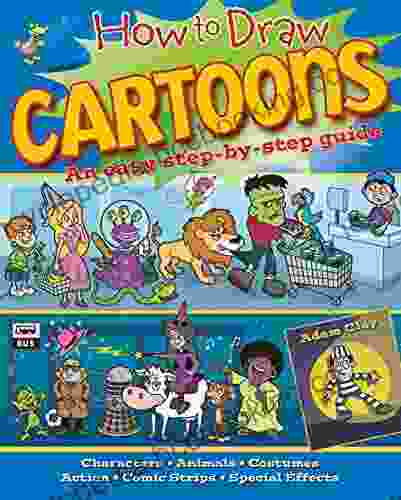
 Christian BarnesAn Easy Step-by-Step Guide: Unlocking Your Potential and Achieving Your Goals
Christian BarnesAn Easy Step-by-Step Guide: Unlocking Your Potential and Achieving Your Goals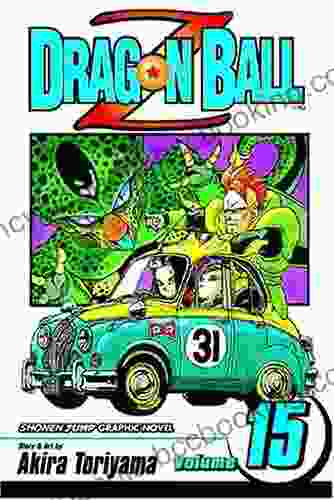
 Joshua ReedPrepare for the Ultimate Battle: Dive into "Dragon Ball Vol 15: The Terror of...
Joshua ReedPrepare for the Ultimate Battle: Dive into "Dragon Ball Vol 15: The Terror of... Jorge AmadoFollow ·15k
Jorge AmadoFollow ·15k Jared PowellFollow ·8.6k
Jared PowellFollow ·8.6k Jason HayesFollow ·3.2k
Jason HayesFollow ·3.2k Milton BellFollow ·17.5k
Milton BellFollow ·17.5k William FaulknerFollow ·9.1k
William FaulknerFollow ·9.1k Jackson BlairFollow ·17k
Jackson BlairFollow ·17k Benji PowellFollow ·2.3k
Benji PowellFollow ·2.3k August HayesFollow ·12.2k
August HayesFollow ·12.2k
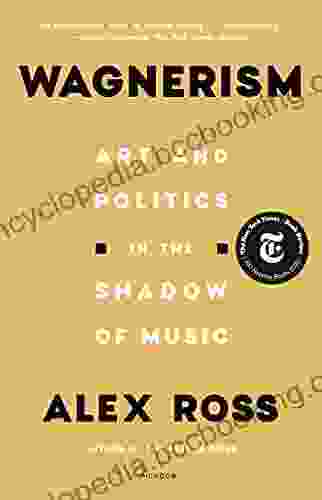
 Francis Turner
Francis TurnerArt and Politics in the Shadow of Music
Music has...

 Jaylen Mitchell
Jaylen MitchellHow Algorithms Are Rewriting The Rules Of Work
The workplace is...
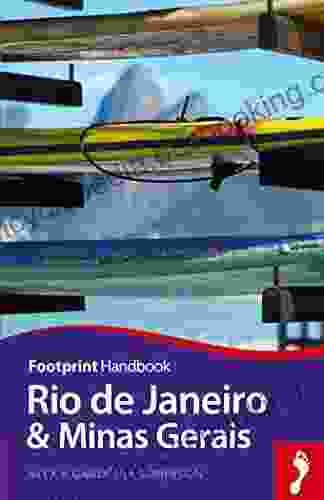
 Chandler Ward
Chandler WardRio de Janeiro & Minas Gerais Footprint Handbooks:...
Embark on an extraordinary adventure through...

 David Mitchell
David MitchellThe Story of Depression: Understanding and Treating a...
Delving into the Shadows of...
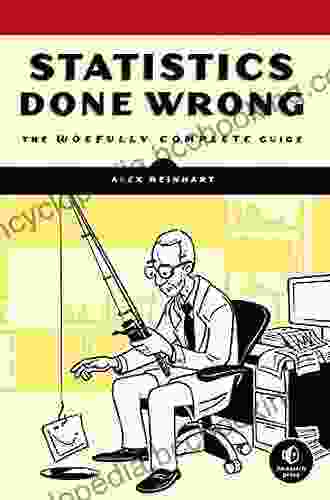
 Al Foster
Al FosterStatistics Done Wrong: The Woefully Complete Guide
Tired of being...

 DeShawn Powell
DeShawn PowellJulia Child's Second Act: A Tale of Triumph,...
Julia Child is an...
4.7 out of 5
| Language | : | English |
| File size | : | 142530 KB |
| Text-to-Speech | : | Enabled |
| Word Wise | : | Enabled |
| Print length | : | 203 pages |
| Lending | : | Enabled |


